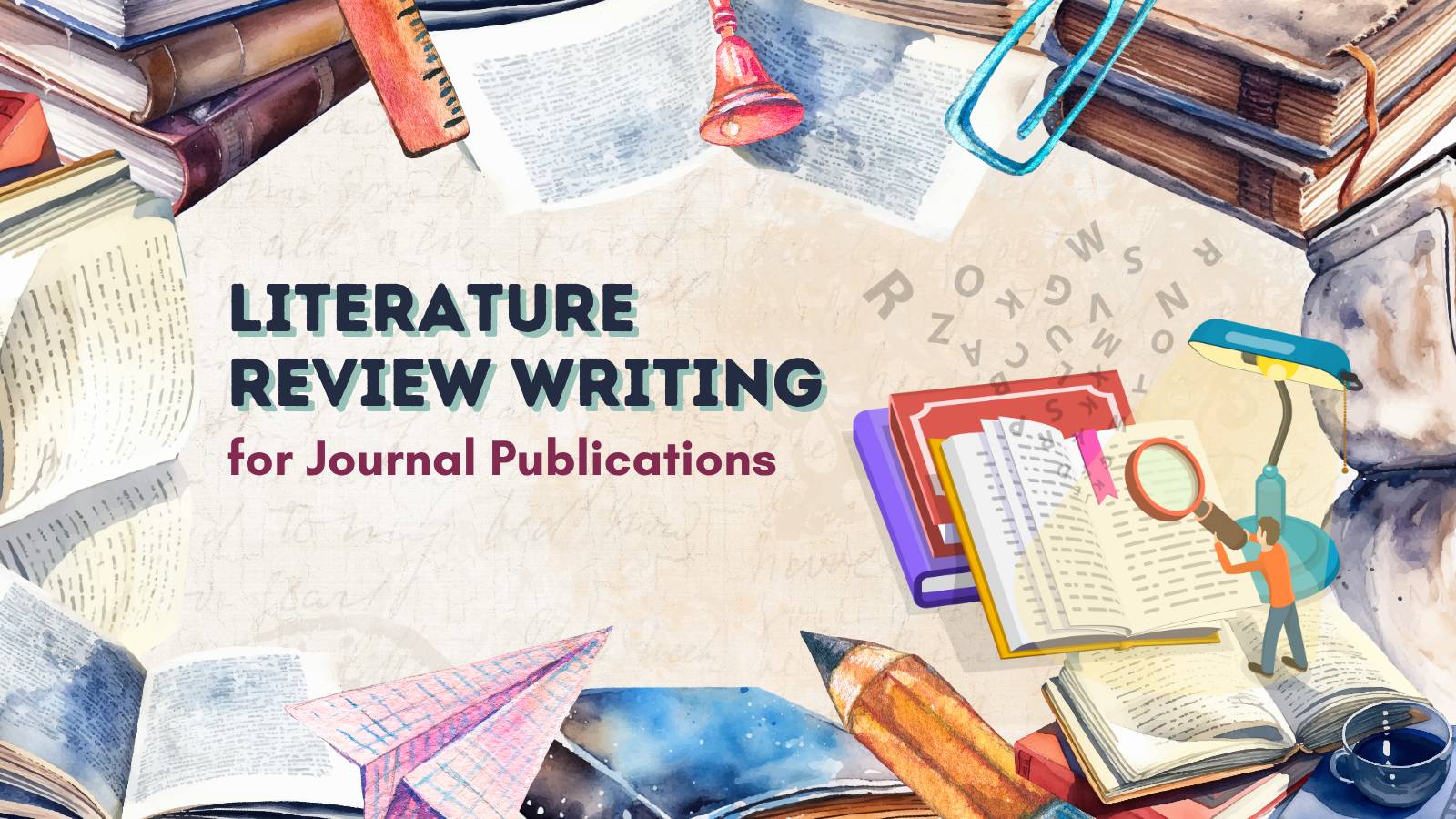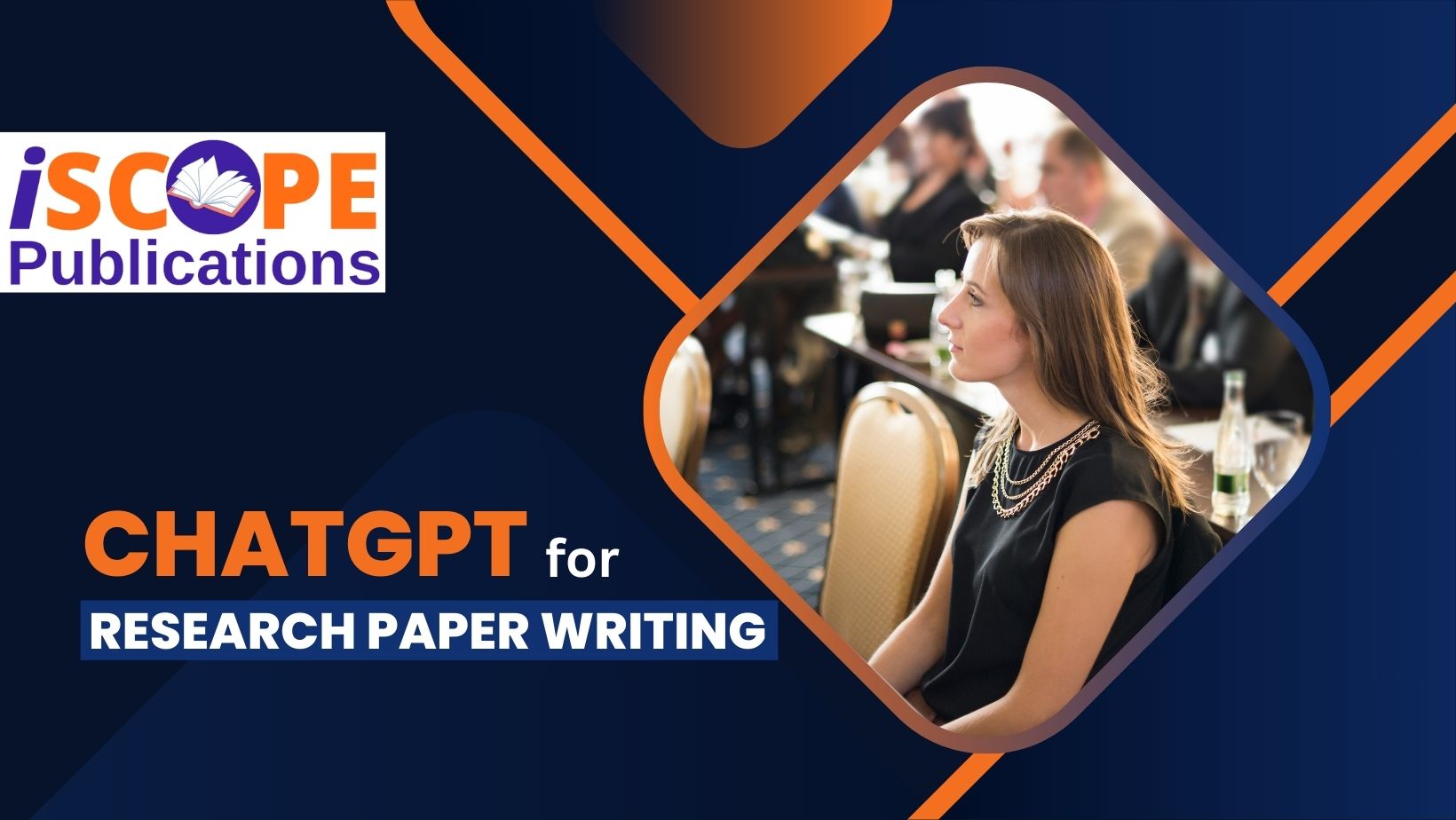Writing a literature review for journal publications is one of the most critical parts of academic research. It’s the section where you prove your understanding of existing research, highlight gaps in current knowledge, and show how your study contributes something new. Yet, many researchers struggle to write an effective review that meets the expectations of peer-reviewed journals.
Know how to write a literature review step by step, covering everything from understanding its purpose to organizing themes, synthesizing findings, and preparing it for journal publication.
Understanding the Role of a Literature Review in Journal Publications
A literature review isn’t just a background summary — it’s a foundation that strengthens the credibility of your study.
In a journal publication, the literature review serves several essential roles:
- Contextual Foundation: It helps readers understand what’s already been studied and how your research fits into the existing scholarly landscape.
- Critical Evaluation: It doesn’t just summarize; it critically evaluates previous studies’ methodologies, findings, and limitations.
- Identification of Gaps: It pinpoints what’s missing or underexplored in current research, justifying the need for your study.
- Establishing Theoretical Grounding: It connects your research to relevant theories, frameworks, and models.
In short, your literature review demonstrates your expertise, situates your work within the broader discourse, and provides the rationale for your research problem.
A well-structured literature review for journal publication is often the deciding factor for acceptance — journals value reviews that are analytical, well-referenced, and logically connected to the study objectives.
Step to Step Guide to Write a Literature Review for Journal Publications
1. Clarify Your Purpose and Scope
Before beginning literature review writing, you must clearly define why you’re writing it and what boundaries you’ll set.
Ask yourself these key questions:
- What is the main goal of this review — is it to support your research article, or is it a standalone systematic review?
- What time frame of studies will you include (e.g., 2015–2025)?
- What type of studies are relevant — quantitative, qualitative, or mixed methods?
- Which population, setting, or subject areas are you focusing on?
By defining a clear scope, you prevent your review from becoming overly broad or disorganized.
For instance, if you’re writing on “Digital Learning in Higher Education,” limit your scope to peer-reviewed studies within the last decade, focusing on university-level applications rather than K-12.
A well-defined scope ensures relevance, consistency, and manageability — qualities that journal reviewers deeply appreciate.
2. Conduct a Systematic Search and Selection of Literature
The next step in literature review writing is performing a comprehensive literature search. Use reputable academic databases such as:
- Scopus
- PubMed
- Google Scholar
- Web of Science
- JSTOR
Start by identifying keywords, synonyms, and Boolean operators (AND, OR, NOT) to refine your searches.
For example:
(“Artificial Intelligence” AND “Healthcare”) OR (“Machine Learning” AND “Medical Diagnosis”) NOT “Robotics.”
Keep your search transparent — document which databases you used, how many studies you found, and what inclusion/exclusion criteria you applied.
After gathering the articles, evaluate them for relevance and credibility:
- Check the journal impact factor or peer-review status.
- Exclude outdated or non-peer-reviewed sources.
- Focus on high-quality, original studies.
You can use reference management tools such as Zotero, Mendeley, or EndNote to organize citations efficiently and avoid duplication.
3. Critical Evaluation and Synthesis of the Literature
A good literature review for journal publication goes beyond listing past studies — it synthesizes and interprets them.
This involves analyzing:
- Methodologies: How were the studies conducted? What designs were used?
- Findings: What results were consistent or contradictory?
- Limitations: What did researchers fail to address?
- Trends: What emerging themes or technologies are shaping the field?
Use thematic synthesis to group studies under common ideas. For example, in a study about climate change adaptation, you might organize themes under “Policy Responses,” “Community Perceptions,” and “Technological Innovations.”
Critically evaluating literature also means identifying patterns and explaining why differences exist — such as regional variations, methodological differences, or data limitations.
This analytical depth separates a high-quality literature review from a basic summary.
4. Outline Structure and Organize Themes
Before writing, plan a logical structure for your literature review. Most journal-oriented reviews follow one of the following organizational patterns:
- Chronological: Presenting how the topic evolved over time.
- Thematic: Grouping literature by recurring concepts or variables.
- Methodological: Comparing research approaches or experimental designs.
- Theoretical: Arranging studies by theoretical frameworks.
Creating an outline ensures clarity and coherence. For example:
I. Introduction → II. Theme 1 → III. Theme 2 → IV. Contradictions → V. Gaps → VI. Conclusion.
A structured approach helps readers easily navigate your review and understand your argument’s flow. Remember, journal editors prioritize well-organized writing that guides readers smoothly through complex academic discussions.
5. Writing the Literature Review
Once your themes and structure are ready, it’s time to start writing the literature review.
Here’s how to approach each section:
Introduction
Begin by introducing the topic, its significance, and your review’s purpose. Mention the inclusion/exclusion criteria briefly and state how your review contributes to the academic discussion.
Body
Develop each theme in separate sections. Discuss similarities and differences among studies, identify trends, and analyze contrasting findings.
Use transition words (e.g., “similarly,” “in contrast,” “however”) to maintain logical flow.
Support your statements with recent citations and avoid over-quoting — paraphrase instead.
Conclusion
Summarize the main insights, knowledge gaps, and how your research addresses them. End with a clear link to your study’s objectives or hypotheses.
Tailoring for Journal Publication: Formatting and Style Tips
Every journal has specific author guidelines — ignoring them can lead to immediate rejection. Always review the journal’s submission guidelines before finalizing your paper.
Key aspects to consider:
- Word Count: Most journals expect 1500–3000 words for the literature review section.
- Citation Style: Use the correct referencing style (APA, MLA, Chicago, or Harvard).
- Tone and Readability: Maintain an academic tone but ensure clarity and flow.
- Plagiarism: Run plagiarism checks through Turnitin or Grammarly Premium before submission.
Also, ensure your writing reflects critical thinking, logical flow, and scholarly maturity — these are highly valued by reviewers.
Common Pitfalls and How to Avoid Them
Here are some frequent mistakes in literature review writing and how to fix them:
| Common Mistake | Why It’s a Problem | How to Fix It |
|---|---|---|
| Summarizing instead of analyzing | Lacks depth and originality | Focus on synthesis and critical interpretation |
| Too broad or unfocused | Confuses readers and reviewers | Narrow down to specific variables or populations |
| Ignoring recent studies | Makes review outdated | Include latest 5-year research |
| Overusing quotes | Reduces originality | Paraphrase and interpret instead |
| Missing theoretical links | Weakens academic foundation | Connect findings to frameworks or models |
By avoiding these pitfalls, you’ll ensure your review meets academic standards and aligns with journal expectations.
Revision, Proofreading, and Final Checks
After completing the draft, take time to revise and polish your review. Revision isn’t just about grammar — it’s about improving clarity, logic, and flow.
Use this checklist before submission:
- Does the introduction clearly define purpose and scope?
- Are the sources credible, recent, and well-organized?
- Is there clear synthesis rather than mere summary?
- Have you identified research gaps and justified your study?
- Is the referencing style consistent throughout?
Ask a colleague or mentor to peer-review your draft. Sometimes, an external perspective can reveal inconsistencies or unclear arguments that you might miss.
Remember — a well-written literature review doesn’t just summarize knowledge; it transforms it into insight.
FAQs
1. What is a literature review?
A literature review is a critical summary and analysis of existing research related to your topic. It helps identify what is known, what is missing, and how your study adds new insights.
2. Why is a literature review important for journal publications?
It demonstrates your understanding of the research field, shows gaps in current knowledge, and builds the foundation for your study’s originality and relevance.
3. How do I choose the right sources for my literature review?
Focus on peer-reviewed, relevant, and recent studies. Avoid blogs, non-academic sites, or outdated materials unless they are foundational works.
4. How long should a literature review be in a journal article?
Most journal literature reviews range between 1,500 to 3,000 words, depending on the journal’s scope and article type.
5. What’s the difference between summarizing and synthesizing?
Summarizing restates what others found; synthesizing connects those studies, identifies patterns, and builds a cohesive academic argument.
6. How many references should I include?
For journal publications, 30 to 80 quality references are typical. Focus on substance, not quantity.
7. Should I include opposing or conflicting studies?
Yes. Including diverse perspectives shows critical thinking and strengthens your argument by acknowledging ongoing debates.
8. How can I organize my literature review effectively?
Use a logical structure—thematic, chronological, or methodological—and ensure smooth transitions between topics or themes.
9. What are common mistakes in literature review writing?
Common pitfalls include summarizing without analysis, using outdated sources, poor organization, and ignoring research gaps.
10. How can I make my literature review journal-ready?
Follow the journal’s author guidelines, use consistent referencing style, maintain clarity, check for plagiarism, and ensure the review directly supports your research aim.



